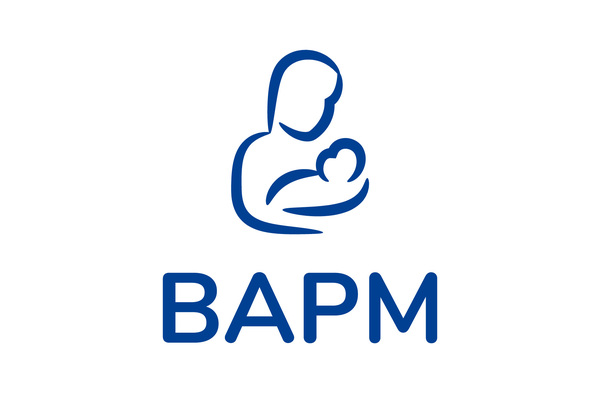The drug safety group would like to draw members' attention to the following three items:
- Position statement on iv infusions.
- Standardised infusions for neonates <2kg.
- Safety alert: reporting burns relating to chlorhexidine.
Position Statement: Minimising Inconsistent delivery of IV infusions at low infusion rates in neonates
This was produced by ĂŔĽ§ÉçÇřand NPPG and endorsed by NNA.
The following medicines, used in neonatal practice, should be administered from 20mL or 30mL syringes to minimise inconsistent delivery at low infusion rates:
- Adrenaline
- Dobutamine
- Dopamine
- Isoprenaline
- Noradrenaline
- Argipressin (Vasopressin)
Recommendations
- Be aware that for short half-life drugs (listed above), changing the height of the syringe, relative to the position of the baby can cause a sudden change in drug delivery.
- Where possible try to move syringe pumps in line with the patient, if either need to be moved. Appendix 1 contains practical guidance and infographics on how this to implement this guidance in neonatal units
The ĂŔĽ§ÉçÇř/NPPG webinar 'Safer Infusion Management in Neonates' was held on 18 November to explain more about this issue – you can watch the recording here.
Standardised Infusions for Neonates <2kg
have now been agreed nationally for nearly all infusions commonly used in neonatal practise from babies from 400g.
This is an important first step to providing off the shelf solutions for neonatal and paediatric infusions and is part of an urgent change from the standard weight-based approach to standard concentrations, which are proven to be safer and more efficient for patient care.
Safety Alert: Reporting burns relating to chlorhexidine
Chlorhexidine used for skin cleaning can cause injury and burns to neonatal skin. As well as local incident review, a Yellow Card must be completed should this occur.
The Yellow Card system can be accessed here: .
Reporting via the Yellow Card system allows identification of risk factors and monitoring of the incidence of burns related to chlorhexidine use. By reporting you will contribute to an increase in knowledge of this complication. With a greater understanding, the risk to patients can be minimised and patient safety improved.

